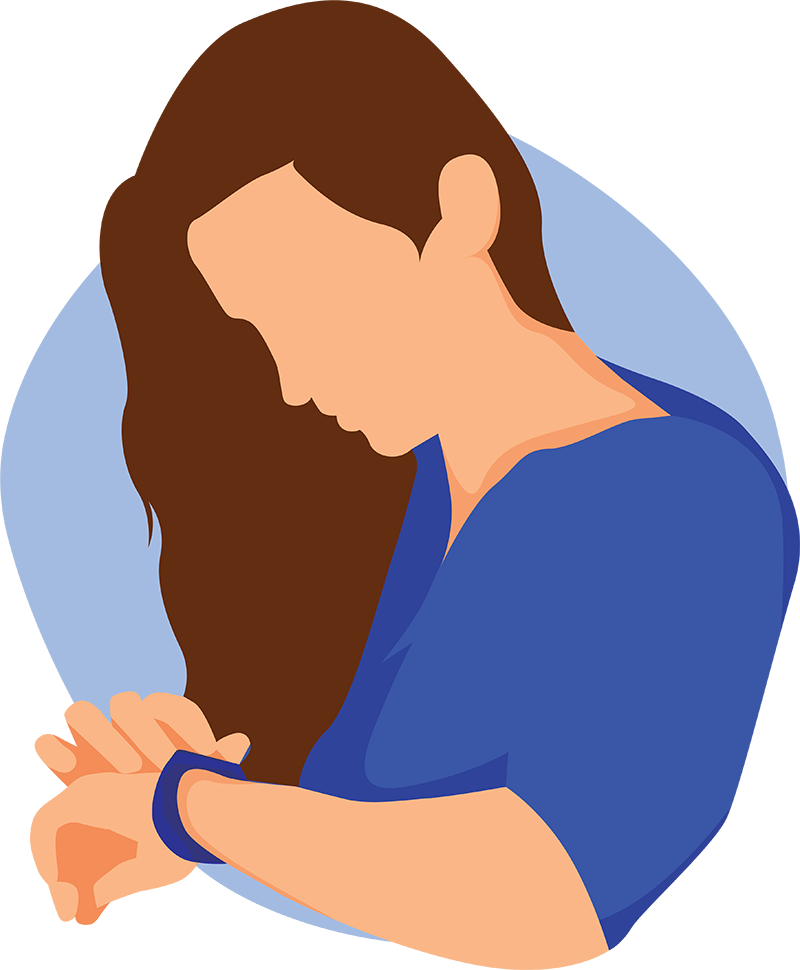Pain With Sex
Pain with penetrative sex (dyspareunia) is a common complaint among women of reproductive age and is often seen as a gynecological problem. Pain with intercourse is multifactorial, however, and you may be surprised to hear that physical therapy can help with this issue. Multidisciplinary treatment of pain with sex is important, as this issue can have a negative effect not just on our ability to experience pleasure, but on our overall quality of life.
You may feel awkward or embarrassed seeking treatment, but we are experts in making you feel comfortable. We are confident we can help you find relief from pain with intercourse.

Can We Help?
Understand Your Condition
We will listen to you and learn about your pain to determine if there is an association with a certain event (childbirth, menopause, trauma) or if your pain is solely coming from an overactive pelvic floor.

How does PT decrease pain with sex?
Muscle tension, trapped nerves, and decreased blood flow can often be the culprits behind painful intercourse. Your individualized treatment plan will be based on your personal concerns and may include manual therapy, regaining awareness of the pelvic floor, tension relieving techniques, or use of a pelvic wand / dilators.
How long will it take?
Our goal at Vitality Pelvic Health is to provide trauma informed care and compassion, moving at a pace set by our patients for their comfort and optimal recovery. On average, treatment takes 10-15 visits but is highly variable dependent on the individual.

Pain with intercourse is common, but not normal!

Effects 3-18% of women worldwide

Pain with intercourse if left untreated, can contribute to hypervigilance to pain, anxiety, depression, and poor body image

of women see improvement in dyspareunia with pelvic floor therapy alone
Common complaints
Frequently Asked Questions
What are related conditions?
Commonly diagnosed conditions that are associated with pain with intercourse are vaginismus (pain with penetration), interstitial cystitis, vulvodynia, tailbone pain, pudendal neuralgia, endometriosis, and pelvic pain.
What causes pain with penetration?
Increased tone of the pelvic floor or spasms in the muscles of the pelvic floor can decrease the size of the vaginal opening and lead to pain with penetration. There is not always a direct cause, but there can be an association with history of sexual abuse or trauma, other pelvic trauma (child birth, sport accident, etc), or other stress related factors.
Other pelvic floor muscle disorders such as endometriosis or radiation fibrosis syndrome can also contribute to pain with penetration.
How long does it take to improve pain with sex?
Every case is different and dependent on many different factors. On average, patients see an improvement in 10-20 visits.
Could my hormones be to blame?
Changes in estrogen from breastfeeding or menopause can contribute to thinning of the vaginal wall and decreased lubrication. Your physical therapist can help identify these concerns and refer you to the appropriate provider. Proper management of pain with intercourse is multidisciplinary.
Get To Know Our Pelvic Health Team...

Tristen Swengle

Nikki Randolph

Kally Owen

Deena Winham
Testimonials
What Clients Are Saying

I have been coming to Vitality Pelvic Health for several weeks. I was looking for options to help strengthen my pelvic floor following an injury during childbirth and just aging in general. I am 44 years old, and my youngest child is 13, but Tristan explained that we are always in that postpartum phase. Tristan is extremely knowledgeable and so incredibly thorough! I’ve never met anyone who knows so much about pelvic dysfunction and ways to combat it. She’s created a strengthening program for me that I can continue to use long after my sessions are completed. I highly recommend her to any woman seeking help in this area. You will not regret it!

Dr. Nikki is truly amazing. I came to her a year and half after having my baby because I felt like something was off and that I was still not fully recovered. She gave me a whole toolbox of movements and practices to get myself back together and feel confident that my body could safely pick up my growing daughter. She figured out exactly what I needed to do, and gave me a realistic plan all while being so kind and patient. I could not recommend her more to any new moms or moms to be (or really anyone struggling with functional movement).


